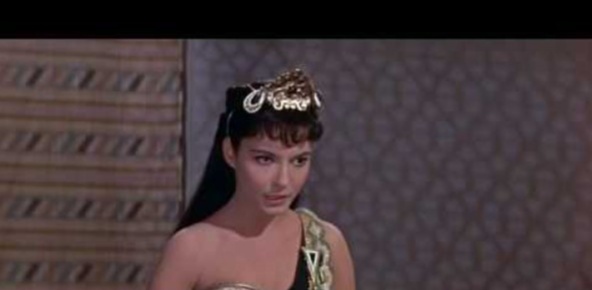Part 2 of Sherelle Duckworth's contribution to our Critical Race Theory series.

In Part I, we walked through four precursors about sociological theory to consider before engaging Critical Race Theory (CRT). Those precursors included understanding that:
- Sociological theories are suggestions on how to see the world.
- Sociological theories show us what to look for in the world.
- Sociological theories morph into a multitude of ideas and assertions.
- Sociological theories are descriptive but are used with research orientations that aim at prescribing solutions.
Since CRT traces its lineage to critical theory, it will be helpful to grasp some tenets of critical theory that will help use draw conclusions on how to approach critical race theory.
1. Critical theory utilizes an oppressor/oppressed binary in its investigation and interpretation of the social world.
The roadmap for sociological analysis for critical theory is a fixed binary of oppressed versus oppressor. These two groups exist in conflict, tension, and struggle as the oppressed group seeks liberation and the oppressor group seeks to maintain the status quo and their social dominance. Critical theory challenges the notion that society is “fixed” in hopes of removing the traditional norms and ideologies that allow the oppressor group to maintain power and privilege.
2. Critical theory is rooted in a desire for activism and social change.
John Macionis defines critical sociology as, “and activist orientation that ties knowledge to action and seeks not just to understand the world as it exists but also to improve it.”[1] Vern Poythress defines critical sociology as research, “which endeavors to highlight the injustices and inequities in a society and to suggest or implement change.”[2] In accordance with Marx’s critical ...
from Christianity Today Magazine
via




.gif)

.gif)
.gif)
